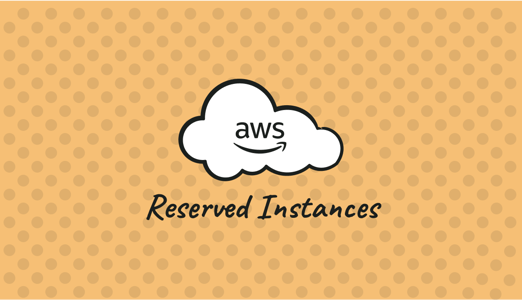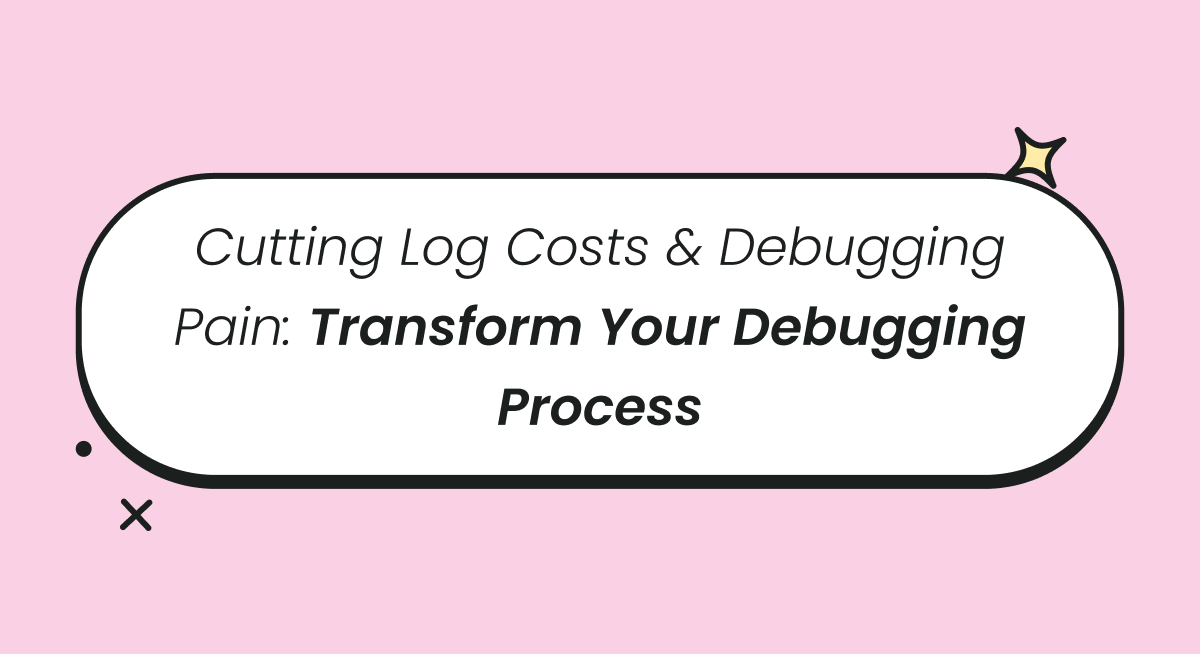
What Are AWS Reserved Instances?
AWS Reserved Instances (RIs) provide a discounted hourly rate and optional capacity reservation for Amazon EC2 and RDS services. By committing to a specific instance type and region for a predetermined period, users can reduce their computing costs up to 75% compared to on-demand instance pricing.
This reservations model is suited for workloads with steady-state usage, such as a control plane component that always runs, regardless of the number of worker nodes. Reserving an instance involves choosing a term (one or three years), instance type, and payment options. These decisions determine the upfront payment required and overall cost savings.
This is part of a series of articles about AWS cost management.
Benefits of AWS Reserved Instances
Reserved Instances (RIs) are a cornerstone of AWS FinOps, offering predictable costs for long-term workloads, substantial savings over on-demand rates, and the ability to reserve capacity in a specific Availability Zone. These benefits make AWS RIs particularly valuable for enterprises practicing FinOps, as they can align predictable costs with optimized budgets and resource planning.
Beyond cost savings, RIs enhance stability in application deployment, especially in capacity-restricted scenarios. Organizations can ensure their critical applications run smoothly without facing capacity risks. Predictable costs and savings enable better budget management and financial planning—key components of any effective AWS FinOps strategy.
On-Demand vs Reserved Instances vs Convertible RIs vs Savings Plans: What’s the Difference?
On-demand instances allow organizations to pay for compute capacity by the hour or second (depending on the instance type) with no long-term commitments. This provides the flexibility to scale up or down as needed. On the flip side, on-demand resources are the most expensive way to operate instances.
Reserved instances require a commitment to use a specific instance type in a chosen region for either one or three years, in exchange for a lower rate. The trade-off is less flexibility in changing or canceling the service, but the predictable pricing and substantial cost savings can be valuable for many use cases.
Convertible RIs offer more flexibility than standard RIs by allowing users to change the instance attributes (instance family, operating system, tenancy, and payment option) during the commitment period. Convertible RIs provide lower discounts than standard RIs but are beneficial for applications that might require changes over time.
Savings plans offer the flexibility of on-demand instances combined with significant savings similar to RIs. There are two types: Compute Savings Plans and EC2 Instance Savings Plans. Compute Savings Plans provide the most flexibility, automatically applying to any instance usage across AWS, regardless of instance family, region, operating system, or tenancy. EC2 Instance Savings Plans apply to specific instance families in chosen regions, offering slightly higher discounts.
How does AWS Reserved Instances Work?
When Amazon customers want to purchase RIs, the process typically works as follows:
- Users start by selecting the instance type, operating system, and region. If needed, they can also specify an availability zone to reserve capacity within that zone. This is particularly useful for ensuring the availability of resources in high-demand areas.
- Once purchased, the RIs are automatically applied to running instances that match the attributes of the reservation, reducing their hourly rate.
- If the usage exceeds the reserved capacity, the additional instances are billed at the on-demand rate.
- When the RI term ends, the instances continue to run, but are automatically switched over to on-demand prices.
Types of AWS RIs
AWS offers several types of reserved instances.
Amazon EC2 Reserved Instances
Amazon EC2 (Elastic Compute Cloud) reserved instances allow users to reserve an instance type and operating system in a specified region and Availability Zone. This can be useful in infrastructure planning for applications that require specific configurations and reliable performance. EC2 reserved instances are commonly used in production environments, where steady-state workloads are expected.
Amazon RDS Reserved Instances
Amazon RDS (Relational Database Service) reserved instances allow users to lock in discounted rates for their database instances by committing to a one or three-year term. This model is particularly advantageous for applications with consistent database workloads, where the usage can be predicted accurately over the long term.
Users select the database engine (such as MySQL, PostgreSQL, or Oracle), instance class, and region when purchasing RDS RIs. Additionally, they choose between standard and multi-AZ deployments. Multi-AZ deployments provide high availability and failover support, useful for mission-critical applications.

1. Analyze historical data before purchasing RIs: Before committing to RIs, use Cost Explorer to assess your past usage trends for at least 6 months. This will help ensure that your RI purchases align with your long-term resource requirements and avoid overcommitting.
2. Use a blended strategy of RIs and on-demand instances: Instead of going all-in on RIs, balance your infrastructure with a mix of Reserved and on-demand instances. This provides flexibility in scaling while still taking advantage of savings for predictable workloads.
3. Opt for Convertible RIs for evolving environments: If you expect changes in your infrastructure over the next 1-3 years (e.g., shifting workloads or changing instance types), Convertible RIs offer the flexibility to adjust without sacrificing too much in terms of savings.
4. Leverage the RI Marketplace to adjust commitments: If you’ve overcommitted on a particular RI type, consider selling it on the Reserved Instance Marketplace. This secondary market allows you to recover some of the costs and adapt your reservations as your infrastructure needs evolve.
5. Monitor RI utilization continuously: Use AWS Trusted Advisor and Cost Explorer to regularly check whether you’re fully utilizing your RIs. Underutilized RIs represent wasted capital, and reallocating workloads to use the RI effectively can maximize ROI.
What Is the Reserved Instance Marketplace?
The Reserved Instance Marketplace is an AWS platform that provides users with the flexibility to buy and sell unused RIs. This secondary market allows users to adjust their RI holdings to better match their changing needs, helping manage capacity.
Users can list their unused RIs for sale through the AWS Management Console. They set their price and terms, offering them to other AWS customers. This is useful for organizations that may have overestimated their capacity needs or need to shift their resources due to changing project requirements.
To get started with the Reserved Instance Marketplace as a seller, you need to register yourself as a seller and pass a tax interview. Here are Amazon’s instructions.
Key Factors That Affect Reserved Instance Pricing
Here are some of the main drivers of costs for AWS reserved instances:
- Instance attributes: Include instance type, size, region, and operating system. Larger instances or those with more advanced features typically cost more but offer proportionate discounts.
- Term commitment: A three-year RI can offer up to 75% savings compared to on-demand rates, making it an attractive option for long-term projects with predictable workloads. One-year RIs provide flexibility for projects with shorter durations or less predictable growth.
- Payment options:
AWS provides three payment options for RIs:
All upfront: This option requires full payment at the time of purchase, offering the highest discount. It is suitable for users who can afford a large initial outlay and want to maximize their savings.
Partial upfront: Users pay a portion of the cost upfront and the remainder over the term. This option balances upfront costs with ongoing savings, making it suitable for organizations that need to manage cash flow more carefully.
No upfront: Users pay nothing upfront and are billed monthly. While this offers the least savings, it provides maximum flexibility and requires no initial investment, making it suitable for organizations with limited capital.
- Standard vs. convertible RIs: Standard RIs offer the highest discounts but are less flexible. Once purchased, they cannot be modified to change instance types or operating systems. Convertible RIs provide lower discounts but offer the flexibility to change the instance type, operating system, and other attributes during the term.
Limitations of AWS Reserved Instances
There are some potential drawbacks of reserved instances that organizations should understand before purchasing them:
- No cancellation: Once committed to an RI, the organization cannot cancel it or get a refund. This inflexibility can be a major drawback for organizations that need change unexpectedly. For example, if the company migrates to a different platform or reduces cloud usage, it is still obligated to pay for the RIs it purchased.
- Required commitment of either 1 or 3 years: This long-term commitment can be risky for organizations with variable or uncertain workloads. If a company experiences rapid growth, downsizing, or pivots to different technologies, being locked into a long-term contract can be a hindrance.
- Limited flexibility in scaling: RIs are tied to specific instance types and regions, which restricts flexibility in scaling infrastructure. If the application demands change, requiring different instance types or additional capacity beyond existing reservations, the organization must use on-demand instances, which are more expensive. Modifying instances is only possible with convertible RIs, which offer lower discounts.
When to Use AWS Reserved Instances
AWS reserved instances are best suited to scenarios where workloads are predictable and stable over the long term. They are particularly advantageous for:
- Steady-state applications: These have consistent and predictable usage patterns that benefit the most from RIs. Examples include web servers, databases, and enterprise applications that run continuously without significant fluctuation in demand.
- Production environments: Where reliability and cost predictability are critical, RIs provide the necessary stability and budget management. This ensures that essential services are available without the risk of sudden cost spikes associated with on-demand pricing.
- Enterprise workloads: Large enterprises with well-defined projects and long-term planning can leverage the substantial cost savings of RIs. Departments with dedicated budgets and clear forecasts for resource needs are prime candidates for RI commitments.
- Capacity reservations in high-demand zones: For applications that require guaranteed capacity in specific Availability Zones, RIs ensure that resources are available even during peak demand periods. This is useful for mission-critical applications that cannot afford downtime or capacity shortages.
Using Automated Tools to Manage Reserved Instance Commitments
AWS provides free automated tools to help manage RI commitments. AWS Cost Explorer and AWS Trusted Advisor are essential for monitoring and optimizing RI usage. AWS Cost Explorer offers detailed insights into RI usage patterns and cost-saving opportunities. It allows users to visualize usage data and adjust their RI purchases based on historical usage trends. AWS Trusted Advisor provides personalized recommendations to optimize RI utilization.
Additionally, third-party tools like Finout can further streamline RI management. These tools offer advanced analytics, allowing users to track and optimize their RI investments continuously. Features like waste management, budget alerts, and predictive analytics help ensure that organizations maintain optimal cost efficiency and align their RI commitments with changing business needs.
AWS Cost Optimization Made Easy with Finout
Finout's FinOps solution is particularly adept at managing AWS costs, including those associated with Amazon Elastic Kubernetes Service (EKS), making it an excellent tool for organizations leveraging AWS's extensive cloud services. It facilitates real-time cost allocation and reassignment across the entire AWS infrastructure, which is pivotal for companies with intricate and dynamic cloud environments.
Furthermore, Finout natively integrates into the entire company infrastructure without adding code or an agent, giving a holistic view of the entire company's cloud spend, rather than allocating and governing spend in minutes, making adopting FinOps for enterprises easier than ever before.
Learn more in our detailed guide to AWS cost optimization tools.








